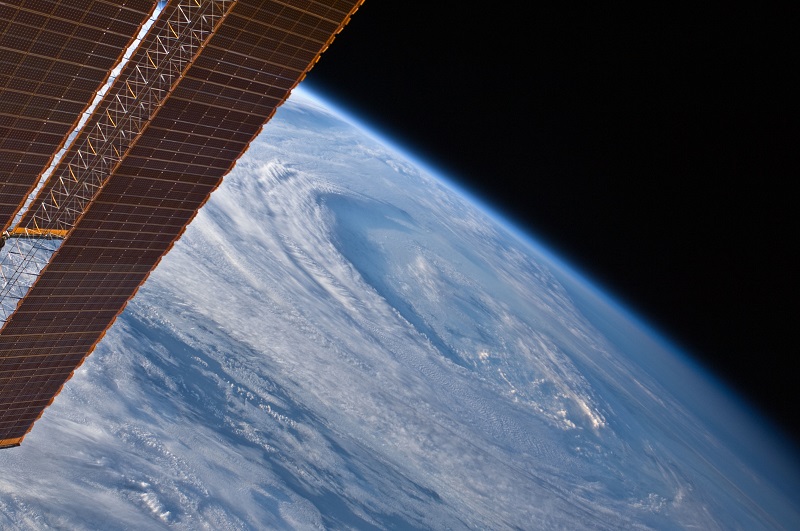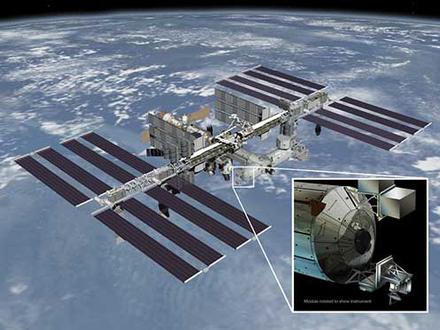
NASA has finally launched a successor to the QuikScat, a critical instrument that’s been inoperable since 2009. The device – dubbed the RapidScat – is anything but the space agency’s solution for sustainable fecal recycling; instead, it’s an instrument critical in observing ocean wind speed, direction, and other key measurements used in predicting tropical storms, hurricanes, and typhoons. Here’s five years to commemorate the five year gap:
1. ISS-symbiosis . The RapidScat is the first Earth-observing instrument designed to attach to the exterior of the International Space Station.

2. Similar technology exists in household appliances. The “scat” portion of the device’s name refers to the scatterometer, an instrument that uses low-energy microwaves (similar to the household microwave oven) to calculate wind speed and direction over a body of water by transmitting a pulse toward the Earth’s surface and measuring the reflected energy.
3. The primary mission goal was not weather monitoring. RapidScat was constructed from hardware originally developed in the 1990’s to test NASA preceding scatterometer, QuikScat. NASA sought to demonstrate that recycling flight-worthy hardware from previous solutions could result in an equally functioning solution that would pass every test and drastically reduce the overall mission’s cost.
4. Rapid prototyping and development cycle. The RapidScat instrument was developed in just 18 months, whereas most free-flying satellites missions require years of planning and development before they are suitable for launch. The 18-month deadline was established as a means of hitching a free ride to the ISS aboard a scheduled resupply mission.
5. Exclusive Earth-wide view . Out of the three satellite instruments used to measure ocean winds and other meteorological data, RapidScat is only one able to observe the entire space between the Arctic and Antarctic circles at different times of the day because it is hitched to the ISS. The other two satellites are standalone and orbit in synchronization with the sun, thus crossing the equator at the same time each day.
RapidScat was carried into space on September 20 aboard SpaceX’s Falcon 9 shuttle. It is scheduled to berth with the space station on Tuesday, September 23.
Via NASA
Advertisement
Learn more about Electronic Products Magazine





